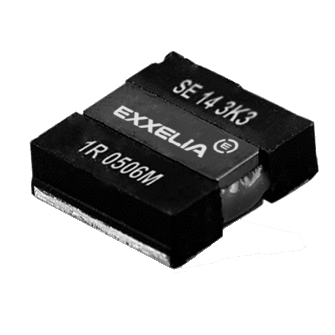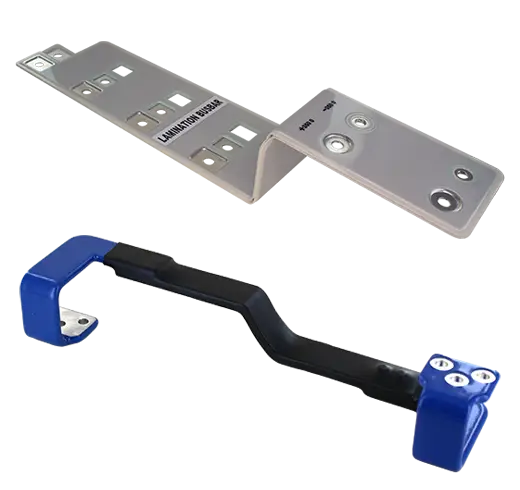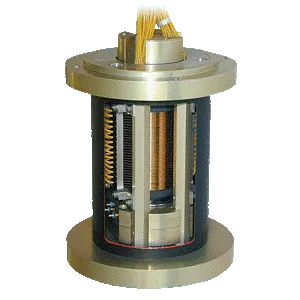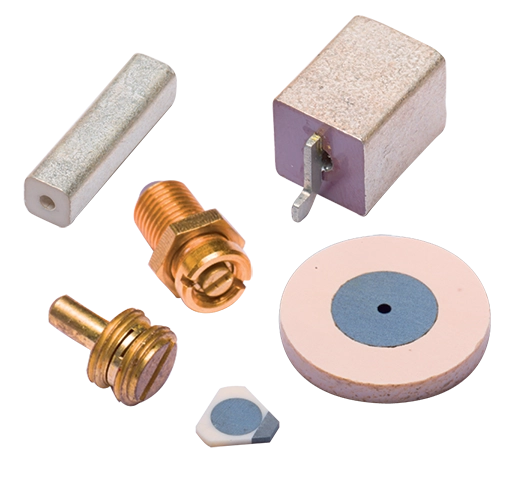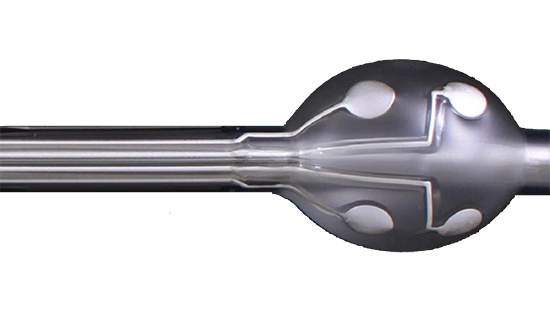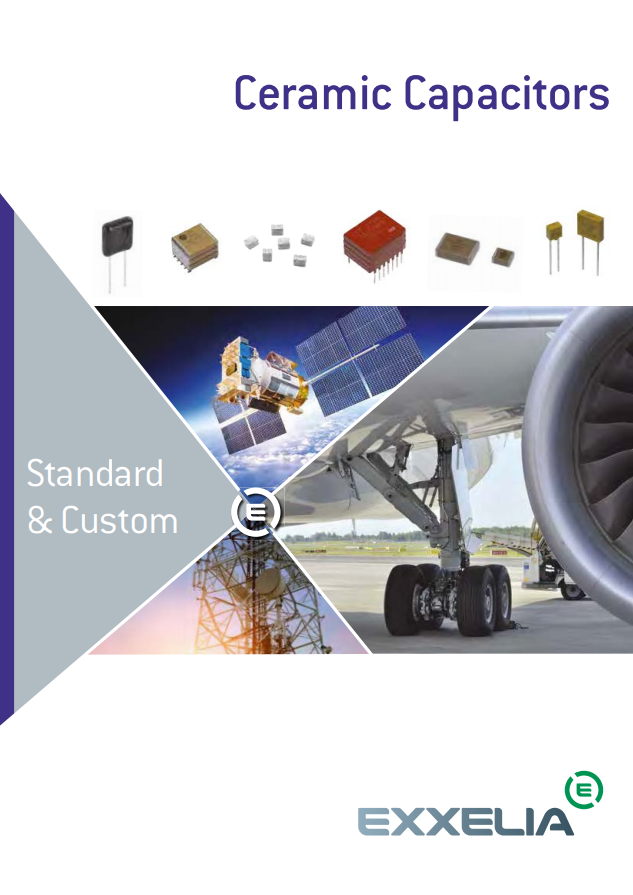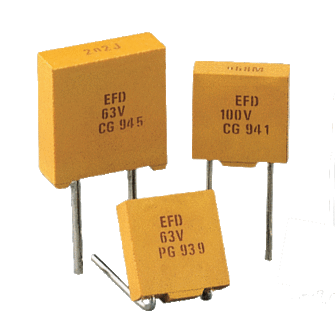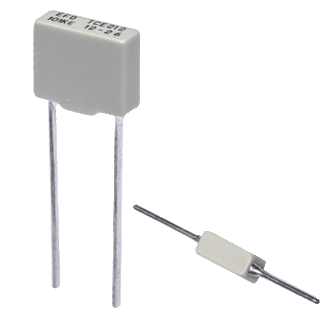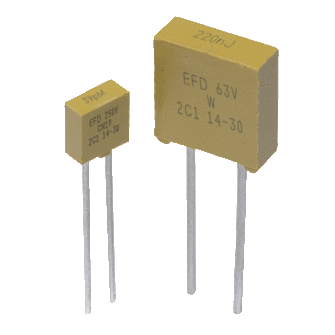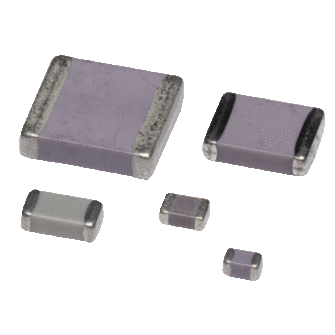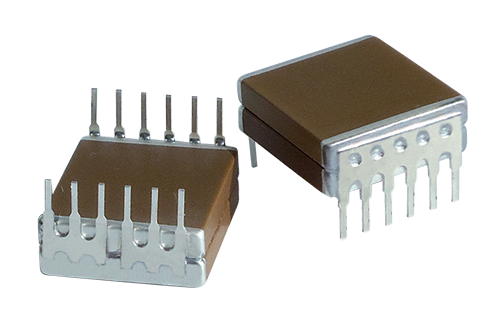
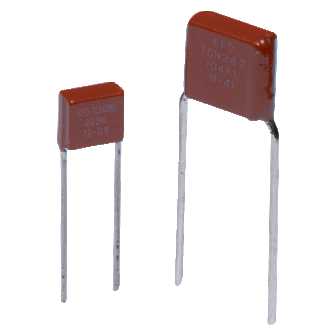
- Up to 250°C
- 1000h life time under working conditions
- Up to 10kV
- Formerly under the reference: TCH279, TCH281, TCH282, TCH283, TCH284, TCH288, TCH5X279, TCH5X280, TCH5X282, TCH5X283, TCH5X287
-
Capacitance
10pF ~ 15µF
-
Tolerance
±1%, ±2%, ±5%, ±10%, ±20%
-
Mounting
Radial
-
Operating Temp
-55°C ~ 250°C
-
RoHS
ROHS, Non ROHS
-
Voltage Rated DC
200V ~ 10kV
Typical applications :
- Downhole tools
- Breaking Systems
- Motor control
The below Part Numbers reflect our high runners only.
Please contact us if you can't find your specifications.
|
PN
|
Capacitance
|
Voltage Rated AC
|
Tolerance
|
Mounting
|
Operating Temp
|
RoHS
|
Voltage Rated DC
|
Case size
|
|---|---|---|---|---|---|---|---|---|
| TCH279 - - - - F 100nF +/-10% 200 V - - | 100000pF | - | ±10% | Radial | - | Non ROHS | 200V | - |
| TCH279 - - - - - 0.1µF +/-10% 200 V - - | 100000pF | - | ±10% | Radial | - | Non ROHS | 200V | - |
| TCH279 - - - - - 3.3nF +/-20%500 V - - | 3300pF | - | ±20% | Radial | - | Non ROHS | 500V | - |
| TCH279 - - - - F 3.3nF +/-20% 500 V - - | 3300pF | - | ±20% | Radial | - | Non ROHS | 500V | - |
| TCH281 - - - - - 150nF +/-10% 200 V - - | 150000pF | - | ±10% | Radial | - | Non ROHS | 200V | - |
| TCH281 - - - - - 220nF +/-20% 200 V - - | 220000pF | - | ±20% | Radial | - | Non ROHS | 200V | - |
| TCH281 - - - - - 47nF +/-20% 500 V - - | 47000pF | - | ±20% | Radial | - | Non ROHS | 500V | - |
| TCH281 - - W - - 1nF +/-10% 3000 V - - | 1000pF | - | ±10% | Radial | - | ROHS | 3V | - |
| TCH281 - - - - - 1000pF +/-10% 3000 V - - | 1000pF | - | ±10% | Radial | - | Non ROHS | 3V | - |
| TCH281 - - - - - 1800pF +/-20% 3000 V - - | 1800pF | - | ±20% | Radial | - | Non ROHS | 3V | - |
| TCH282 - - - - - 47nF+/-10% 500 V - - | 47000pF | - | ±10% | Radial | - | Non ROHS | 500V | - |
| TCH282 - - W - - 47nF+/-10% 500 V - - | 47000pF | - | ±10% | Radial | - | ROHS | 500V | - |
| TCH282 - - - - - 1000pF +/-10% 3 kV - - | 1000pF | - | ±10% | Radial | - | Non ROHS | 3V | - |
Compliance and certifications

CECC
Would you like to ajust a little something?
Customize it
1document

Frequently Asked Questions
Find answers to the most frequently asked questions about our products and services.
Still have questions ?
Can’t find the answer you’re looking for ? Please contact with our customer service.
Contact


